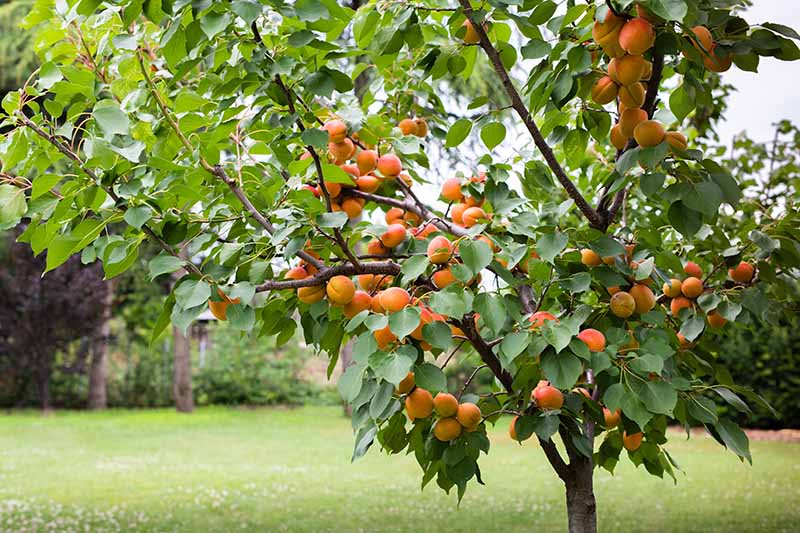How To Grow And Care For A Anise Hyssop Plant
Anise Hyssop: A Medicinal Herb Worth Growing! Have you heard of Anise Hyssop? This incredible plant is a perennial herb that is not only useful in the kitchen but also has numerous medicinal properties. In this article, we’ll be discussing everything related to this fascinating plant – from how to grow Anise Hyssop to its care and propagation. The Plant Attributes of Anise Hyssop Anise Hyssop is a native plant of North America and grows well in almost any type of soil. It has a somewhat bushy appearance with light purple flowers that bloom in the summer. It can grow up to 3 feet tall if not pruned regularly. The leaves of Anise Hyssop are edible and have a slightly sweet and anise-like flavor, hence the name ‘Anise Hyssop.’ However, it is not related to anise in any way. The leaves can be used in a variety of dishes and work well in desserts, too. The dried leaves can also be used for making an aromatic tea. Medicinally, Anise Hyssop has been known to have antiviral, antibacterial, and anti-inflammatory properties. It has an essential oil that is rich in antioxidants and can be used for treating various ailments like colds, coughs, and fever. Plant Care for Anise Hyssop Anise Hyssop is relatively easy to grow and can tolerate a wide range of temperatures. However, it prefers full sun and well-drained soil. It needs moderate watering, but it doesn't like sitting in water, so be sure to plant it in a location that has good drainage. Fertilization isn't necessary, but it can be beneficial for its growth. You can use a balanced fertilizer once every two months. Pruning Anise Hyssop Pruning is necessary for Anise Hyssop as it can grow quite bushy. You should prune it in the spring when new growth begins. Cut back half the old growth, leaving the new growth. Propagation of Anise Hyssop Anise Hyssop can be propagated through seeds in the spring, or you can take cuttings from the plant in the summer. Potting and Repotting Anise Hyssop Anise Hyssop can be grown in containers, making it a great choice for someone who doesn't have space for a garden. It is best to repot the plant every two years in the spring. Use a nutrient-rich potting mix to ensure the best growth. Common Pests and Plant Disease for Anise Hyssop Anise Hyssop doesn't have many pests or diseases as it is a hardy plant. However, spider mites and aphids can sometimes infest the plant. You can get rid of them by hosing the plant down with water or using an insecticidal soap spray. Common Problems with Anise Hyssop The most common problem with Anise Hyssop is root rot, which happens when the plant sits in water for too long. It is crucial to plant it in well-draining soil, so it doesn't suffer from root rot. In conclusion, Anise Hyssop, with its beautiful purple flowers and anise-like leaves, is a must-have plant for every garden. Its medicinal properties make it an excellent addition to your home remedy toolkit. So, why not give it a try and see how it can benefit you and your family? 


gardenerspath.com - hyssop anise perennial plants agastache foeniculum relevance redemption fallsgarden gardenerspath
harvesttotable.com - hyssop anise
www.pinterest.com - hyssop anise florgeous
:max_bytes(150000):strip_icc()/growing-and-caring-for-hyacinth-plants-1402248-11-545310a6ee714fafa3924e1d7b7437e9.jpg)



Post a Comment for "How To Grow And Care For A Anise Hyssop Plant"